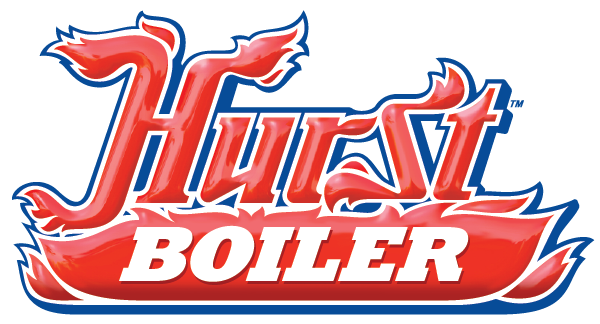Biomass Benefits
Forest biomass is an abundant, renewable fuel that is often wasted in large quantities.
When forests are thinned or cut for timber, large amounts of “slash" or brush, small trees, branches and tops are typically piled and burned in the open air. The State of Montana has a hazard reduction law, known as the “state slash law" that requires slash created through forest management to be treated, either by pile burning or removing the material from the site, within 18 months of the forest management activity. The intent of this law is to minimize the fire danger associated with this material if left on the ground, particularly near structures. About 10 to 30 tons per acre of this kind of material is disposed of in some manner, depending on the site and type of forest management. For more information regarding the state slash law, visit http://www.dnrc.mt.gov/forestry/Assistance/Practices/slashred.asp.
Using the number of acres with planned hazardous fuels reduction and forest management activities on National Forest Systems (NFS) in 2004, the Forest Service estimated that 780,000 tons of waste is generated on NFS land in the 5-State Fuels for Schools program area annually. When considering all forest management, including private industrial timber sales, non-industrial private hazardous fuels reduction, and all federal and state land management, some local experts estimate that 2 million tons of slash is being removed from forests and burned in piles each year in Montana alone. It is important to note that these estimates refer to material that is being removed from the forest floor, and does not include material that is required to be left on the ground for nutrient cycling, wildlife habitat, soil structure, and other ecosystem benefits.
In comparison to the amount available, the amount of wood waste required for heat is very small. Darby Montana public schools heat three facilities totaling over 82,000 square feet for an entire year with 750 tons of wood waste, equivalent to the amount removed in about 70 acres or less of thinning. The major benefits of using this material to generate heat as opposed to disposing of it through open pile burning include: cost savings and greater stability in fuel prices, reducing emissions from burning piles, capturing heat that would otherwise be wasted, replacing fossil fuel use with a renewable, local fuel, that keeps dollars local and may create jobs in the local economy, and potentially reducing the cost to landowners of fire hazard reduction work. The two benefits of cost savings and reducing emissions are discussed in more detail below.
Cost savings
In the feasibility studies the Fuels for Schools program has completed to analyze the potential costs and benefits of conversion to biomass heat in Montana to date, we have generally used a fuel price of $35 per ton of wood chips at 40% average moisture content. This price is based on our experience with local markets, as well as prices typically paid in other areas of the U.S. for this type of material. Assuming an estimated average of 9000 decatherms of heat (one decatherm = one million British thermal units) in a dry ton of wood, $35 per ton is equivalent to $3.24 per decatherm. In comparison, natural gas rates currently range from $7 to $12 per decatherm. Fuel oil sold at $1.75 per gallon is equivalent to $12.25 per decatherm, and for each 25-cent increase in the price per gallon, the cost per decatherm rises about two dollars. Propane at $1.30 per gallon is over $14 per decatherm. So even though the up-front costs of installing a wood fired boiler are significantly higher than a traditional boiler system, the unit savings on fuel can often offset those costs enough to pay off the system in a relatively short period of time (e.g., 5-15 years). Wood fuel prices also tend to follow a slow, steady rate of inflation when compared to fossil fuels.
